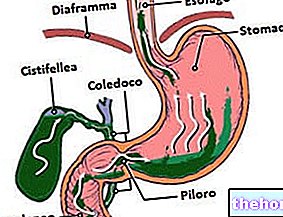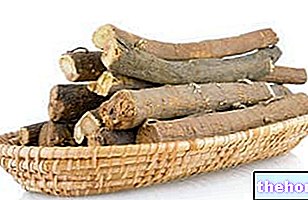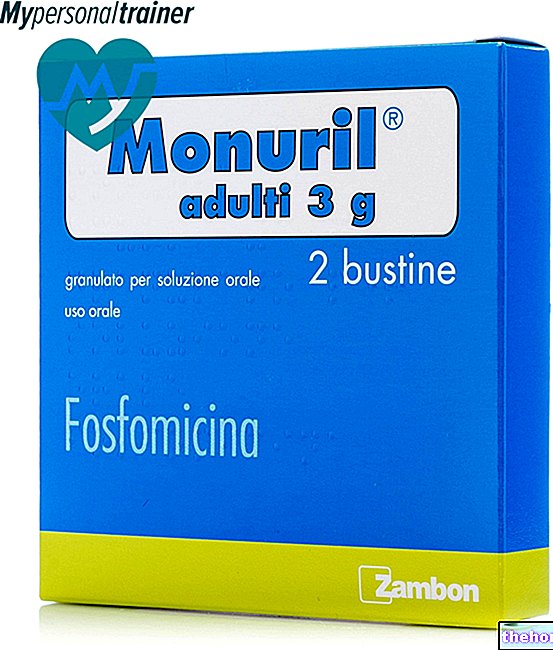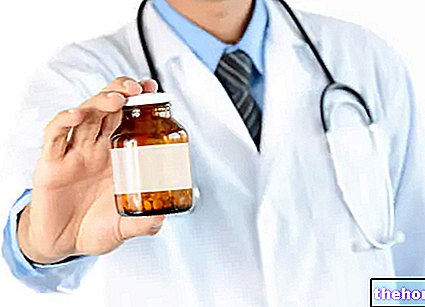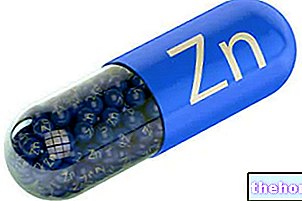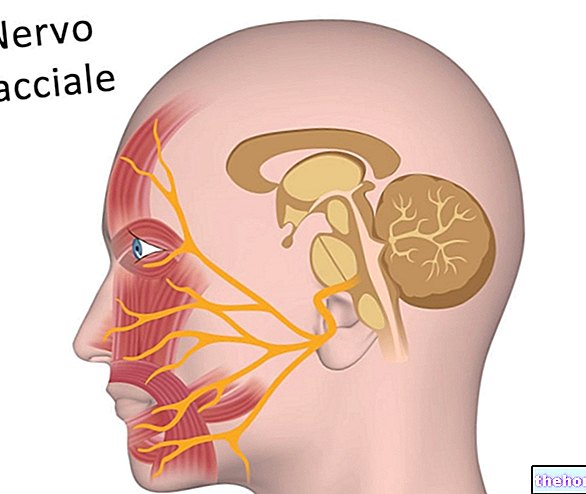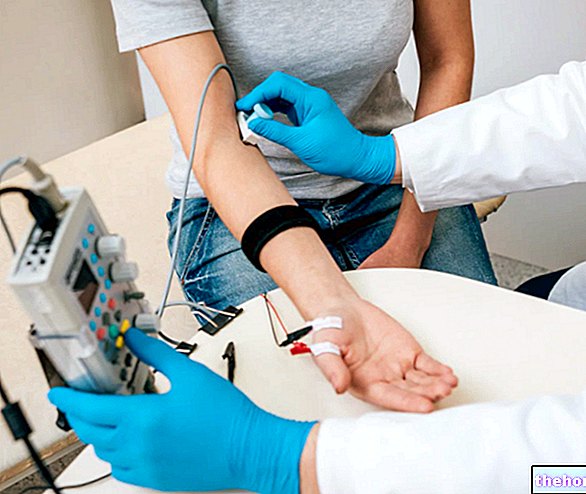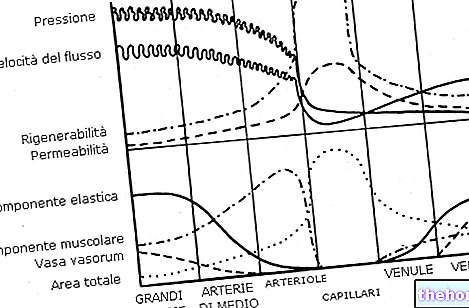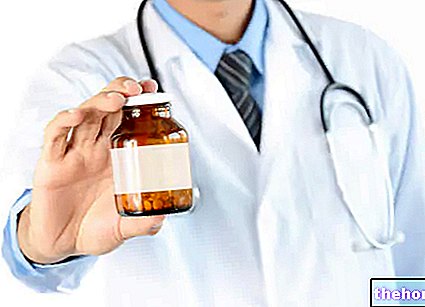The complex chemical-physical balance of the gastrointestinal system.
At the gastric level we find three main glands: the glands cardials which secrete mucus; the glands oxintiche which secrete mucus at the level of the neck and hydrochloric acid at the parietal level; and the glands antral pepsinogen secreting.
Some cells of the gastrointestinal mucosa are capable of producing hormones that can act both in contact with neighboring cells and at a distance. The most important hormones are gastrin, produced by G cells in the stomach, which stimulates gastric cells to produce hydrochloric acid; secretin, produced by the intestinal villi, which stimulates the production of pancreatic juice; cholecystokinin, which acts on the gallbladder and pancreas by stimulating its emptying; l "enteroglucagon which has a" glucagon-like action; the GIP produced by the intestine, which inhibits the secretion of acid; the VIP produced by the whole intestine which determines a vasodilation and an increase in intestinal motility; the somatostatin produced by the pancreas and intestine inhibits gastric secretion.

(bottom e
body)
Main
Mucous membranes
Enterochromaffins
Endocrine
Pepsinogen
Mucus
Serotonin
Antral and
Pyloric
Mucous membranes
G.
D.
Enterochromaffins
Endocrine
Gastrin
Somatostatin
Histamine

The gastro-intestinal system is characterized by a complex balance, made up of several factors: aggressive and defensive.
The aggressive component is represented by the acid secretion, stimulated by the gastrin, by the vagal activation and by the histamine released by the enterochromaffin cells present in the mucosa; within certain limits, gastric acidity is however important, because it activates the proteolytic action of the pepsin originating from the pepsinogen.
Pepsinogen is transformed into pepsin in the stomach, in the presence of acid pH. Gastrin stimulates the production of hydrochloric acid; this is inhibited when a certain threshold level of acidity is reached in the gastric environment; moreover, the production of hydrogen ions by the proton pump is stimulated not only by gastrin, but also by the parasympathetic system (following stimulation of the excitatory muscarinic receptors μ3, which determine an increase in the activity of the proton pump), and by histamine, following stimulation of the H2 receptors; the self-control of these mediators guarantees physiological balance.
The main defensive component is mucus; secreted by the specialized cells of the gastric mucosa, it forms a 0.2 mm layer over the entire surface of the mucosa that slows the diffusion of hydrochloric acid and pepsin; bicarbonate ions, secreted by the non-parietal cells of the gastric mucosa, help to buffer acid pH; the barrier of epithelial cells is obviously a rapid turn-over (sell restitution). The mucus, therefore, protects the stomach from gastric juices through a "mechanical action and a" chemical action; in addition it allows an adequate blood flow at the gastric level and favors the rapid renewal of gastric cells. Prostaglandins also have a defensive function (considering the inhibitory activity on the proton pump), and a "cytoprotective action, because they stimulate secretion by muciparous cells and, as mentioned, block the proton pump.
In physiological conditions aggressive and defensive factors coexist in equilibrium; any alterations result in disorders or real gastro-intestinal pathologies.
The factors that can cause an imbalance of these factors, in favor of the aggressive ones, are innumerable: the altered biogenesis of prostaglandins and the reduction of their protective function; the excessive production of gastrin or histamine; a deficit of the mucus barrier; the presence of Helicobacter Pylori; and circulatory disorders following stress or trauma. Smoking and alcohol also reduce defensive factors.
L"Helicobacter pylori it is a gram-negative, mobile and spiral-shaped bacterium, capable of colonizing the gastric mucosa and causing a "humoral inflammation, which first leads to gastritis and then to a real erosion of the wall, called peptic ulcer. In reality the bacterium. it is localized in the deeper layers of the mucus gel that covers the mucosa, but does not invade the tissue.
Peptic ulcer is a lesion of the inner lining (mucosa) of the stomach (gastric ulcer) or, more frequently, of the duodenum (duodenal ulcer); erosion of the wall may involve the superficial or epithelial gastric mucosa, or it can go deep down to the muscle fascia. The gastric juice, formed by hydrochloric acid and pepsin, has the potential ability to erode the mucous membrane with which it is in contact; an ulcer is formed when the protective factors of the mucosa, such as the production of a slimy mucus lining and the natural processes of tissue repair, are no longer able to counterbalance the aggression of the gastric juice.
Peptic ulcers are so called precisely because they are determined by the action of pepsin on the mucosa. The causes of the breakdown of the balance between the defense mechanisms of the mucosa and damaging factors, in favor of the latter, are complex and not yet fully known. The presence of Helicobacter pylori it is the cause of peptic ulcer in 70-80% of cases, but the disease can also be caused by excessive use of non-steroidal anti-inflammatory drugs. Drug therapy is designed to relieve the classic burning pain in the abdominal area and to restore the physiological conditions of equilibrium. In case of alterations of this complex chemical-physical balance it is possible to intervene with different types of drugs.
Other articles on "Physiology of the gastric environment and peptic ulcer"
- Calcium Antagonist Drugs
- Antacid Drugs - Classification and Types of Antacids



